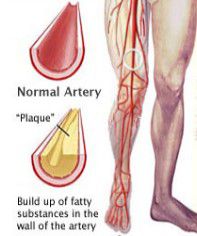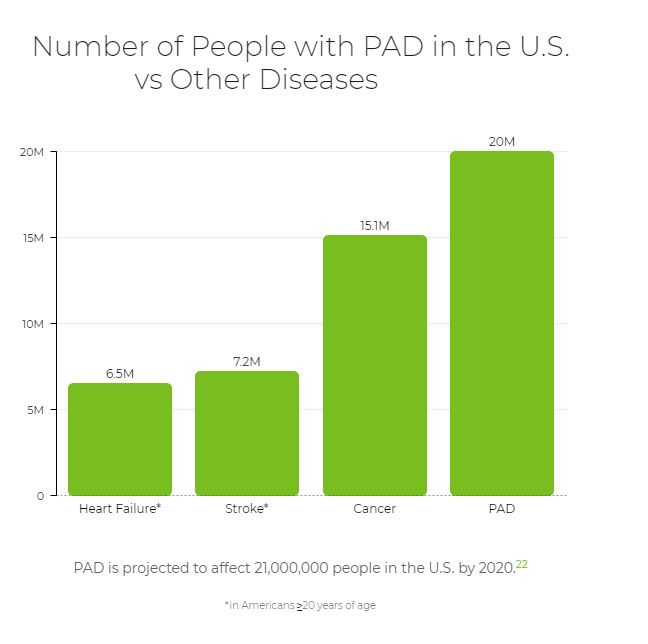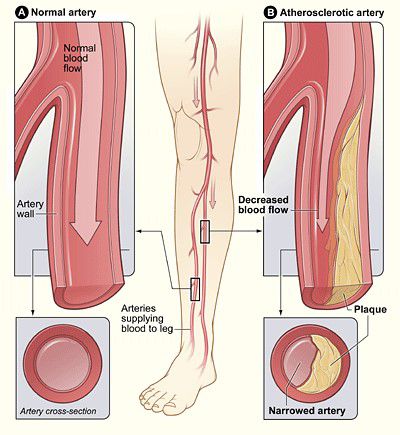WHAT IS PAD?
Peripheral Artery Disease (PAD) is a common and often underdiagnosed circulatory disease where blood flow to the legs and feet is restricted by the narrowing of blood vessels due to plaque buildup.

ARE YOU AT RISK FOR PAD?
- Smoking is the most powerful predictor of PAD: Are you a current or former smoker?
- 1 in 10 Americans over the age of 40 have PAD
- Do you or your loved one have diabetes?
- Struggle with high blood pressure or cholesterol?
- Suffer from kidney disease?
- Risk for amputation is 10 times greater in patients with both PAD and diabetes vs PAD alone
THE GOOD NEWS IS THAT PAD CAN BE TREATED!
With an early diagnosis, you may have more treatment options and may have a better chance to reduce or eliminate your symptoms. Left untreated, however, PAD can lead to amputation and put you or your loved one’s quality of life and long-term health at serious risk.

Dr. Polly G Kokinos, a board certified Vascular and General Surgeon in Campbell, CA. is recognized as one of the regions foremost authorities in the diagnosis and treatment of PAD. With offices in both Campbell and Gilroy, CA. Dr. Kokinos has dedicated her 24 year career to serving the South County community as a Vascular Surgeon and is a pioneer in the evaluation and treatment of patients suffering from Peripheral Arterial Disease.
Unlike other Vascular Surgeons in the region who do their work at a local hospital or in shared facilities, Dr. Kokinos’ does her surgeries in a private, nationally accredited Vascular Surgery Center of Excellence. She focuses entirely on treating patients suffering from complex vascular disorders and unlike a traditional hospital she has the most advanced imaging and device technology available anywhere in the world. Most importantly, unlike a Univeristy or community hospitals, Dr. Kokinos’ patients experience the individualized care of “One Patient, One Doctor and One Nurse” rather than the cold, informal “production” environment of a typical hospital.
If you or anyone you love suffers from any of the conditions listed above, please call our office at 408-376-3626 to schedule an appointment. Most insurances are accepted and our staff typically can schedule an appointment within a few days for an initial consulation and non-invasive vascular ultrasound study. All ultrasound testing is done in our on-site Vascular Ultrasound Lab, The Institute for Vascular Testing making it significantly easier for our patients to be fully evaluated in a single visit and in a single facility.
South Bay Vascular Center and Vein Institute: We Offer Hope When Others Say There Is None

